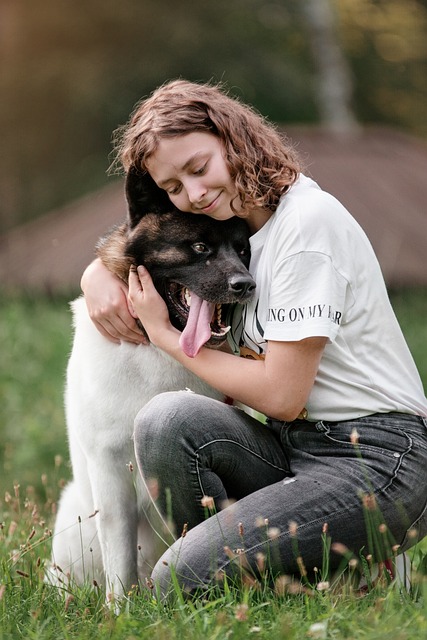Solutions for Pets Who Chew on Everything
Are you tired of coming home to a mess made by your furry friend? Do you find yourself constantly replacing chew toys and furniture only to have your pet turn their attention to the next thing that catches their eye? You’re not alone. Many pets, especially those in the early stages of development, have a natural instinct to chew on everything in sight.
Chewing is a way for pets to explore their environment, relieve boredom, and even exercise their jaws. However, when left unchecked, it can lead to destructive behavior that puts your home, furniture, and even your pet’s health at risk.
In this article, we’ll delve into the reasons behind pets’ love of chewing, explore some effective solutions for addressing the issue, and provide you with practical tips to keep your furry friend occupied and out of trouble.
Why Do Pets Chew on Everything?
Pets chew for a variety of reasons, including:
- Teething pain relief
- Boredom and lack of stimulation
- Exploration and curiosity
- Anxiety and stress relief
- Frustration with toys that don’t meet their expectations
Solutions for Pets Who Chew on Everything
A combination of patience, consistency, and creativity can help you address your pet’s chewing habits. Here are some effective solutions to try:
Provide Adequate Stimulation
Keep your pet engaged with a variety of toys, puzzles, and activities that challenge their minds and keep them busy.
- Kong toys filled with treats or peanut butter
- Interactive puzzle toys
- Sensory mats and chew toys
Offer Chew-Proof Alternatives
Provide your pet with plenty of safe alternatives to chewing, such as:
- Furniture covers and chew-proof throw blankets
- Chew-resistant materials like vinyl or leather
- Crates and pens for safe space
- Indoor agility equipment and tunnels
- Outdoor spaces for exercise and exploration
Manage Environments
Maintain a home environment that’s pet-proofed, with an eye on securing loose items and toxic substances.
- Secure trash cans and recycling bins
- Tie up electrical cords and wires
- Move breakable or valuable items out of reach
- Use cabinet locks to restrict access
- Keep medications and cleaning supplies out of reach
Cause and Consequences of Chewing Behavior
Ignoring your pet’s chewing behavior can lead to negative consequences, including:
- Destruction of property and furniture
- Injuries from sharp objects or toxic materials
- Choking hazards from swallowed items
- Overstimulation leading to anxiety and stress
- A lack of trust between you and your pet
Conclusion and Advice
If you’re struggling with a pet who loves to chew on everything, don’t worry – it’s not uncommon. By providing adequate stimulation, offering safe alternatives to chewing, managing environments, and addressing the root causes of behavior, you can help transform your pet into a calm and well-behaved companion.
Remember that patience, consistency, and creativity are key when tackling this issue. With time, effort, and positive reinforcement, your furry friend will learn new habits and leave your furniture (and home) intact.
Related Articles
How to Train a Puppy Not to Chew
DIY Pet Furniture and Accessories
Pet-Proofing Your Home for Safety
5 Signs Your Pet Needs More Stimulation
The Benefits of Rawhide Chews for Pets

